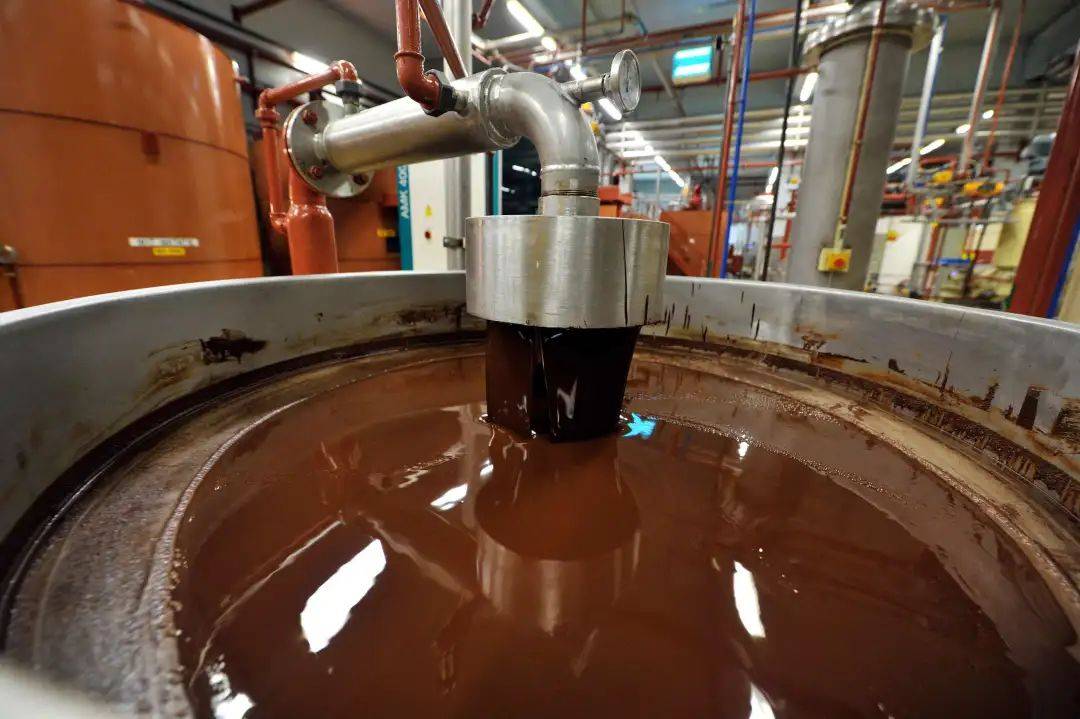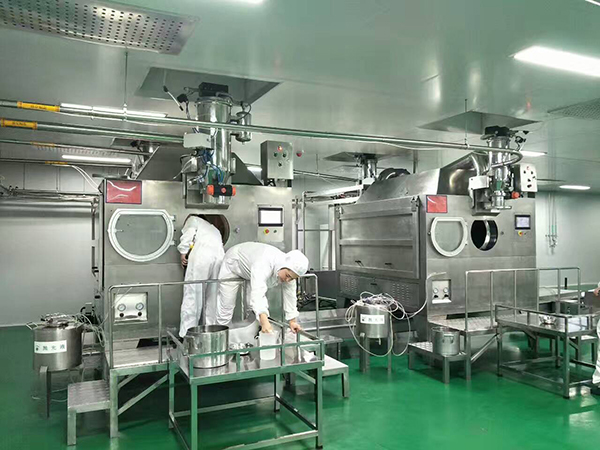Choosing the Right Chocolate Equipment for Your Business: A Complete Guide

Chengdu, Sichuan Oct 21, 2025 (Issuewire.com) - The chocolate and confectionery industry is undergoing a quiet revolution. Rising consumer demand for premium, artisanal, and novelty chocolate products combined with pressure on margins, labor shortages, and tighter food-safety regulations is pushing manufacturers to rethink production. Automation and modular production lines now enable small chocolatiers, specialty bakeries, and large-scale manufacturers alike to increase throughput, maintain consistent product quality, and introduce new SKUs with minimal disruption. These trends make equipment selection less about the fanciest machine and more about matching capability, flexibility, and total cost of ownership to your business model.
Market dynamics favor machines that balance automation with ease of use. Modern tempering and depositing equipment with PLC/HMI controls and recipe memory allow operators to switch between products fast, reduce operator error, and ensure consistent tempering and gloss critical factors for premium chocolate. Vertical ball mills and conches that deliver sub-25 micron particle size improve mouthfeel and perceived quality. Equally important are energy-efficient cooling tunnels and coating systems that reduce waste and shrink utility costs. For small-batch artisanal producers, compact tempering units and tabletop depositor systems enable experimentation without heavy capital investment; for mid-to-large producers, integrated one-shot depositing lines and automated molding, cooling, and packaging stations deliver high volume with repeatable accuracy.
Another big shift is toward modular, multi-functional lines. Todays buyers want machines that can be reconfigured for example, turning a basic tempering unit into a small-scale production cell by adding a depositor and cooling tunnel, or expanding a depositing line with a cookie or nut feeder to create hybrid products. This modularity shortens product development cycles and protects capital investment against changing consumer tastes. Finally, global compliance and after-sales support matter more than ever: certifications and reliable parts/service networks reduce time-to-market and operating risk, especially for exporters.
LST: a one-stop partner for scalable chocolate production
Against this industry backdrop, Chengdu LST Technology Co., Ltd. (LST) positions itself as a full-line equipment partner for chocolate and confectionery manufacturers. Founded in 2009, LSTs portfolio spans cocoa processing and refining through to molding, coating, and packaging making it a candidate for businesses that want a single vendor for end-to-end capabilities.
Core advantages to consider when evaluating LST
-
Comprehensive product range and modularity. LST offers small retail/bench-top tempering and dispensing units (e.g., CHOCO-D1, 5.5L) up to industrial TW-TP tempering systems (25100L) and fully automated one-shot depositing lines capable of 8002,500 kg per shift. The companys depositing machines (LST-S/D/T1000 series) and modular production lines are explicitly designed for quick changeover and multi-product output, which suits both artisan product launches and high-volume production.
-
Automation and control (repeatability = quality). Many LST systems include PLC/HMI controls, recipe storage, and automated dosing features that reduce human variability and accelerate format changes. This combination of control and automation is particularly valuable for manufacturers targeting consistent premium quality or multiple SKUs.
More On Toptelecast ::
- Danielle Neuman, MD, MBA Enhances Patient Care at Personal Physician Care with Expertise in Endocrinology
- Doing Good Everyday Enters Co-Operative Marketing Agreement with Coastal Conservation Association of Florida
- Bruce Stafford, Recognized by BestAgents.us as a 2025 Top Agent
- The AI Revolution That Finally Made Business Travelers Love Technology
- Optipro AI Raises Funding to Help Restaurants Optimize Food Delivery Operations
-
Technical performance where it matters. LSTs conche and ball-mill solutions report particle fineness in the 1825 micron range and tempering and depositing lines engineered for tight dosing accuracy parameters that directly influence texture, snap, and consumer perception. For chocolate makers upgrading from artisanal methods, these metrics translate into measurable product improvements.
-
Material selection and build quality. The company emphasizes food-grade stainless steel (AISI 304) construction and sources reputable global components (Copeland compressors, SEW motors, Schneider/Siemens electricals), which can simplify compliance with hygiene standards and spare-parts logistics for international customers.
-
Service, customization and cost positioning. LST promotes one-stop solutions, offering OEM/custom options and global after-sales support, including remote debugging and on-site commissioning. Their marketing positions the company as competitively priced through factory-direct supply, which can be attractive for margin-sensitive buyers seeking automation without premium vendor markups.
Where to start: matching machine to business goals
Artisanal / small bakery: Start with a compact tempering unit (CHOCO-D1) and a tabletop depositor. These let you test recipes and limited runs without heavy CapEx, and theyre simple to clean and operate.
Growing specialty brand: Combine a TW-TP series tempering machine with a small vertical ball mill or conche to bring product quality in-line with larger competitors. Add a bench depositor and small cooling tunnel to scale SKUs.
Industrial manufacturer: Invest in LSTs fully automated one-shot depositing line with servo mold handling, integrated feeders (nuts, wafers), and long cooling tunnels a solution designed for high throughput, rapid changeovers, and recipe programming.
Real-world fit and evidence
LSTs marketing and third-party listings show global sales and project imagery across Europe, North America, and Asia evidence of international acceptance and export readiness. Where possible, prioritize vendors that supply local spare parts or responsive service; LSTs emphasis on remote support and lifetime service can be a deciding factor for cross-border buyers who need to minimize downtime.
Practical due diligence checklist
-
Ask for technical specs: particle fineness, throughput (kg/hr), heating/cooling capacity, and electrical requirements.
-
Verify changeover time: can the line switch SKUs or colors within your target window (e.g., 15 minutes)? LSTs systems advertise recipe storage and quick-change capability for many lines.
-
Check materials & certifications: confirm food-grade stainless contacts and any applicable CE/ISO certifications for your mrket.
-
Service & spare parts: request an SLA for response time, remote diagnostics, and parts lead times especially critical for international deployments.
-
Total cost of ownership: model labor savings, utility use, and increased yield to understand ROI, not just the purchase price.
Conclusion
Choosing the right chocolate equipment is a strategic decision that ties product quality, operational flexibility, and long-term profitability together. The current industry momentum favors modular, automated, and well-supported machines attributes well represented in LSTs offering, which spans bench-top temperers to fully automated one-shot production lines and integrated cocoa processing equipment. If youre evaluating options, start with a clear production plan (volumes, SKUs, compliance needs) and use that to map the minimum viable line that meets both quality and scalability goals.
For detailed product specifications, case examples and contact information, visit LSTs website: https://www.lstchocolatemachine.com/.

Source :Chengdu LST Technology Co., Ltd
This article was originally published by IssueWire. Read the original article here.